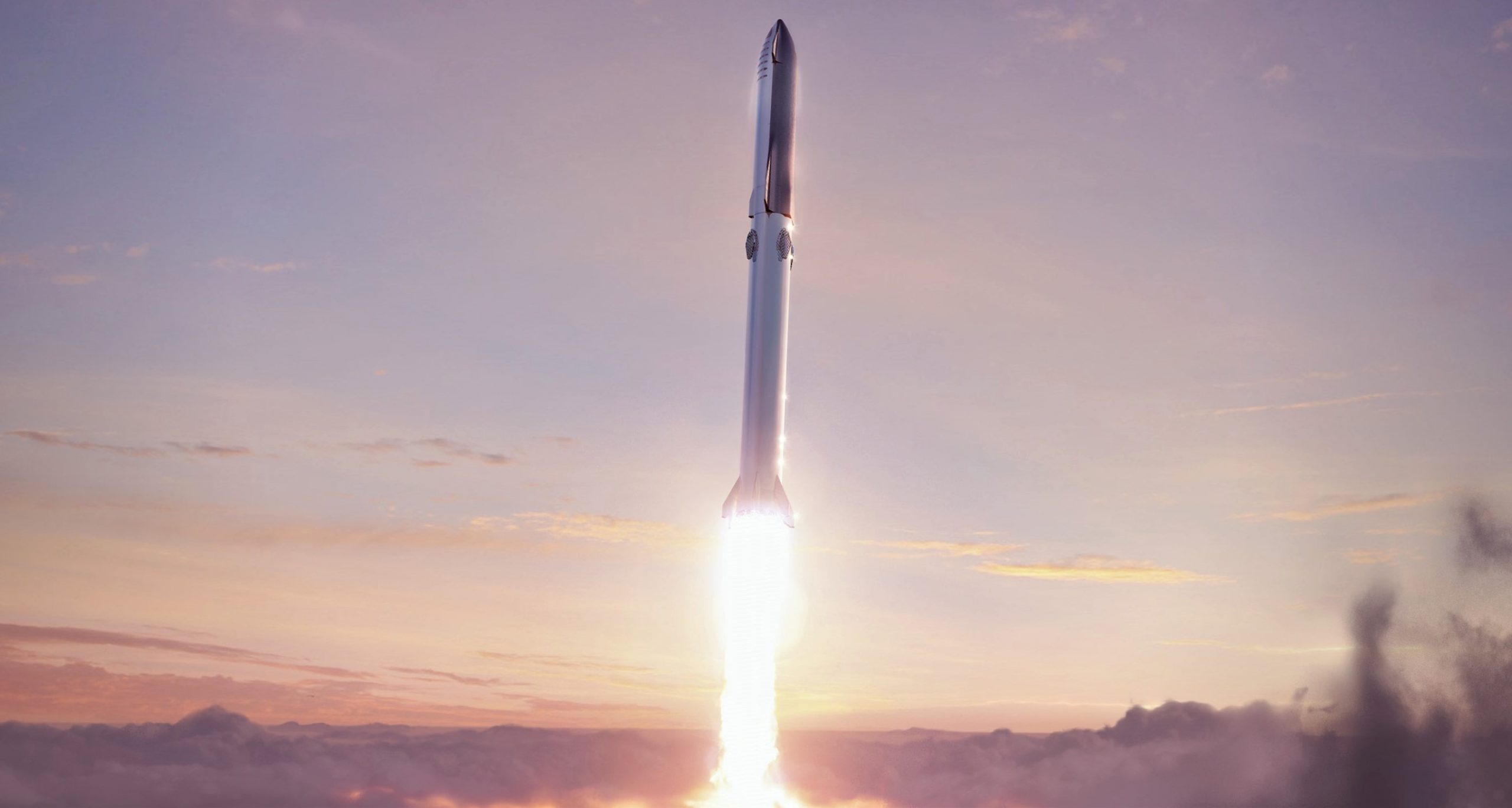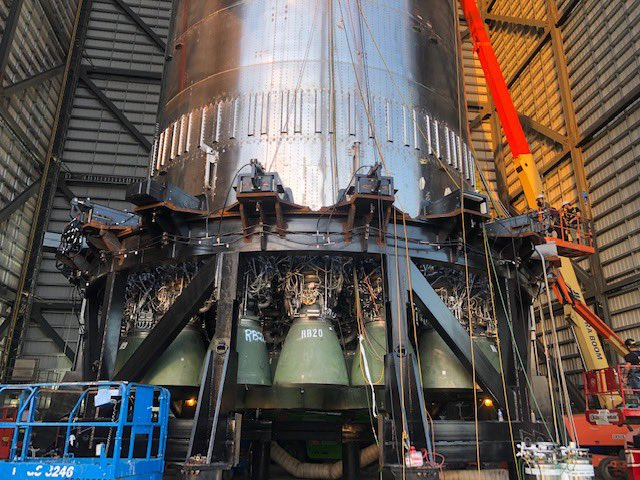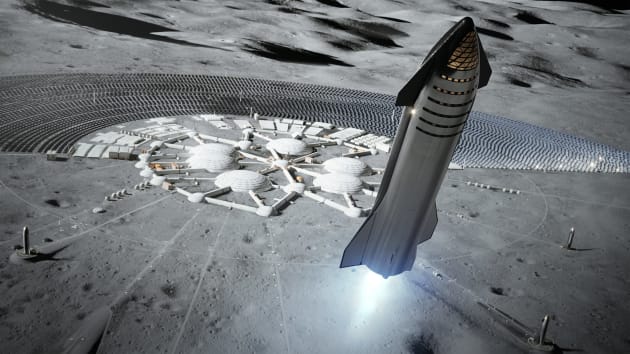SpaceX on Thursday test-fired the most powerful operational rocket system ever – a milestone as humanity seeks to return to the moon and eventually Mars.
Engineers successfully conducted a first “static fire” test of one ‘super heavy’ booster 7 rockets that make up the Starship system.
Last weekend Elon Musk in a reply to a user’s Twitter post about Starship, had said that “if remaining tests go well, we will attempt an uncrewed Starship launch next month,” (i.e. March).

Starship test
SpaceX revealed the test in a tweet on Thursday 9 February, that was carried out at SpaceX’s facilities in Boca Chica, Texas.

A video showed the Raptor engines igniting in a roar of orange flames and clouds of vapour while the 23-story-tall rocket remained firmly bolted in place vertically.
First static fire attempt of 33 Raptor engines on Booster 7 https://t.co/3haor6owfa
— SpaceX (@SpaceX) February 9, 2023
The test saw the simultaneous igniting 31 out of 33 of the Raptor rocket engines at the base of the vehicle’s lower-segment for roughly 10 seconds (around the 7.20 minute mark in the video).
“Team turned off 1 engine just before start & 1 stopped itself, so 31 engines fired overall,” Musk tweeted afterwards. “But still enough engines to reach orbit!”
Team turned off 1 engine just before start & 1 stopped itself, so 31 engines fired overall.
But still enough engines to reach orbit! https://t.co/QYx3oVM4Gw
— Elon Musk (@elonmusk) February 9, 2023
Reuters quoted livestream commentators for the space media group NASA Spaceflight as saying that Thursday’s test-firing of the 31 Raptor engines appeared to set a new record for the most thrust ever produced by a single rocket – roughly 17 million pounds compared with 10.5 million pounds for the Russian N1, and 8 million pounds for NASA’s Space Launch System (SLS) rocket.
They reportedly added it also marked the most rocket engines ever fired simultaneously, exceeding the 30 engines of the N1.
A previous test firing of a Super Heavy booster in July of 2022 had ended with the vehicle’s engine section exploding in flames.
Prior to that in late 2020 and early 2021, SpaceX lost four prototypes of the Starship itself in a series of high-altitude test launches when the return landing attempts ended in explosions.
Lunar programme
SpaceX is working with NASA, and is developing a reusable two-stage rocket system designed to carry commercial satellites into orbit and to ferry humans to the Moon and Mars.

NASA in 2020 chose the SpaceX system for its plans to carry humans to the Moon for the first time since the Apollo programme, much to the anger of Jeff Bezos and Blue Origin.
Starship’s most recent launch came in May 2021 in which a three-engine upper-stage prototype called SN15 launched 6.2 miles above the Texas facility before descending to carry out a vertical landing.
NASA last November launched its own massive Artemis rocket in an unmanned mission taking an unmanned Orion capsule to the Moon after which it returned successfully to Earth.
On Wednesday, NASA engineers in Mississippi test-fired a redesigned version of the agency’s own rocket engines, the Aerojet Rocketdyne-built RS-25, which will power the SLS on future flights.





